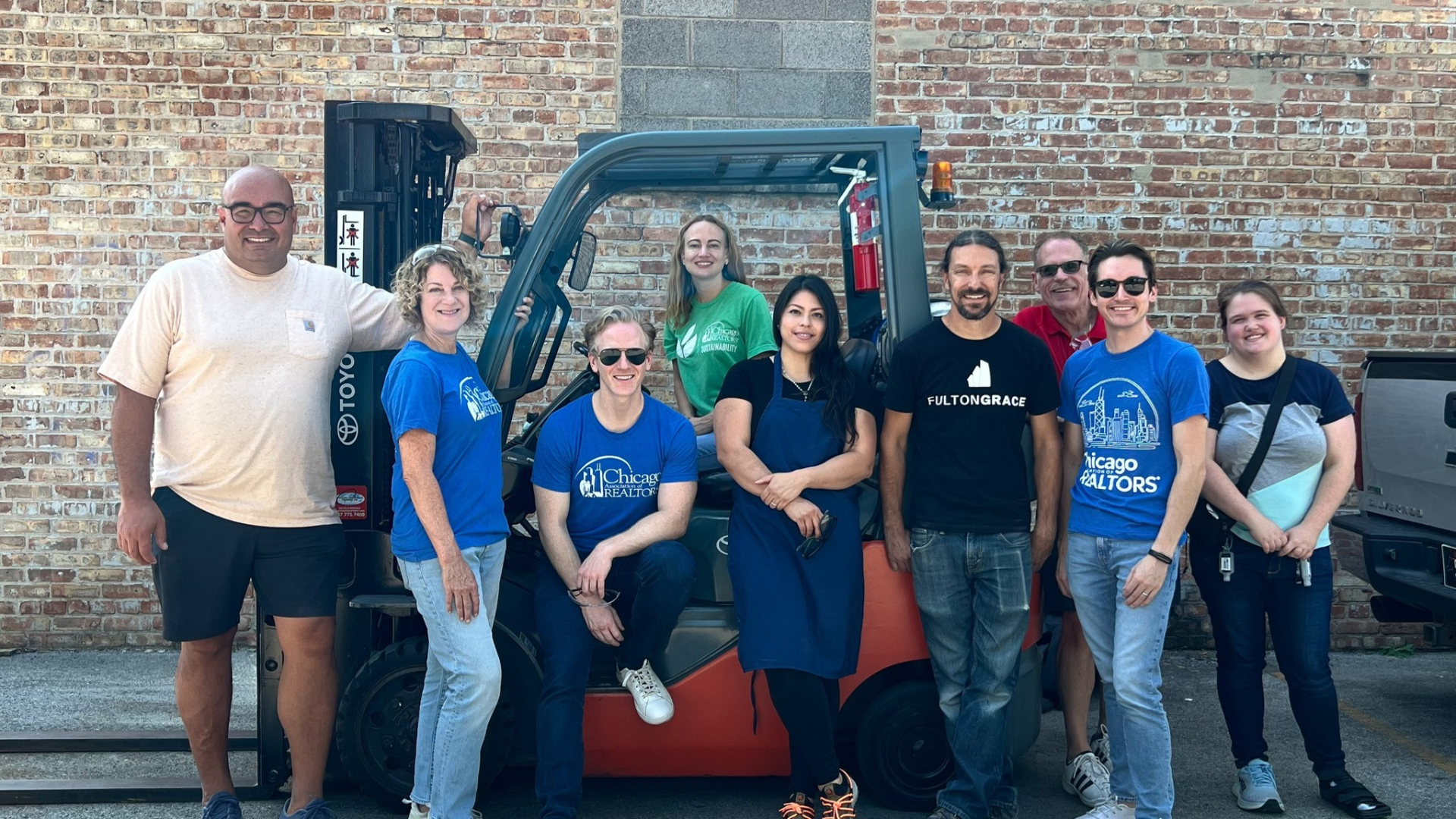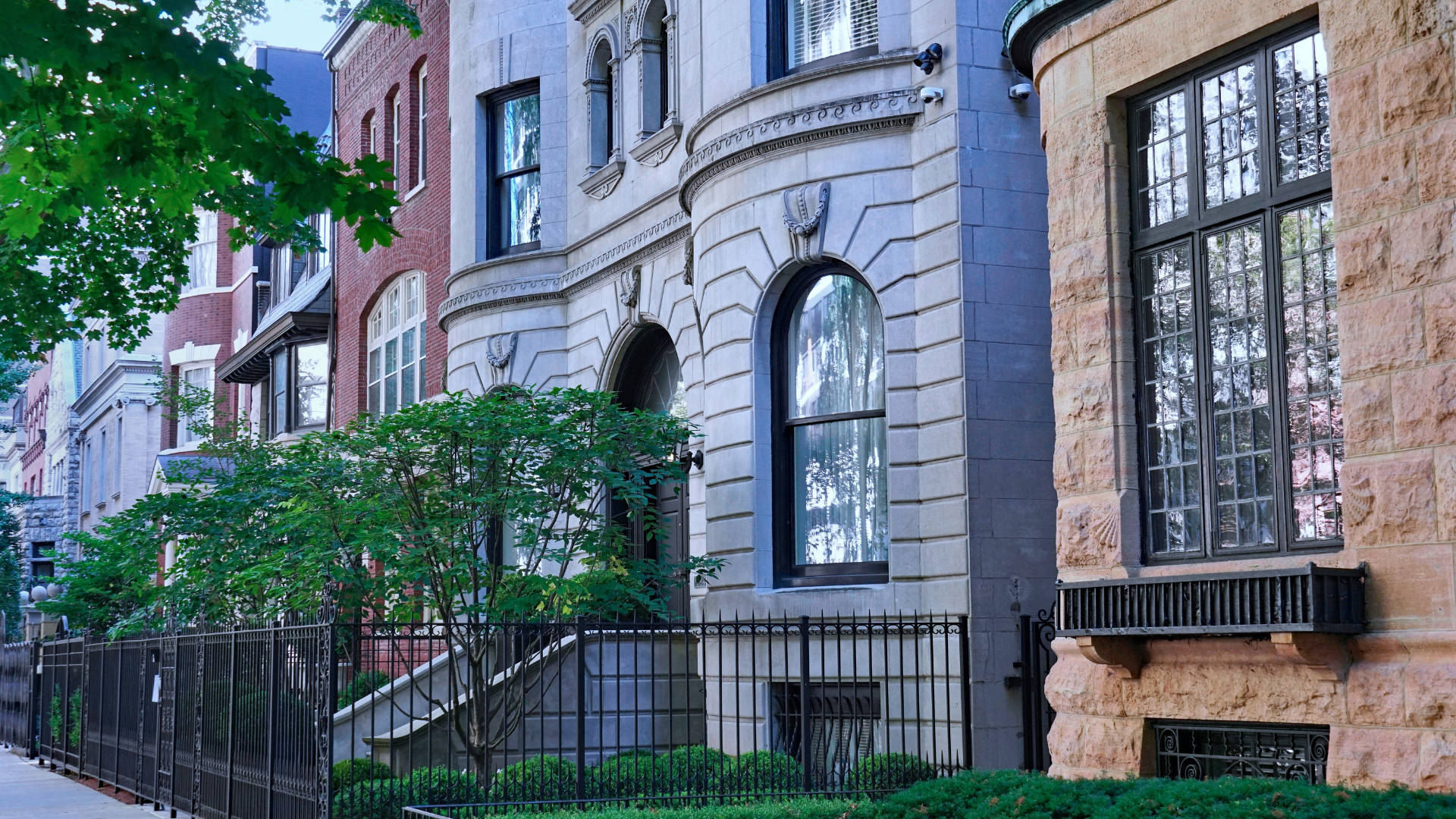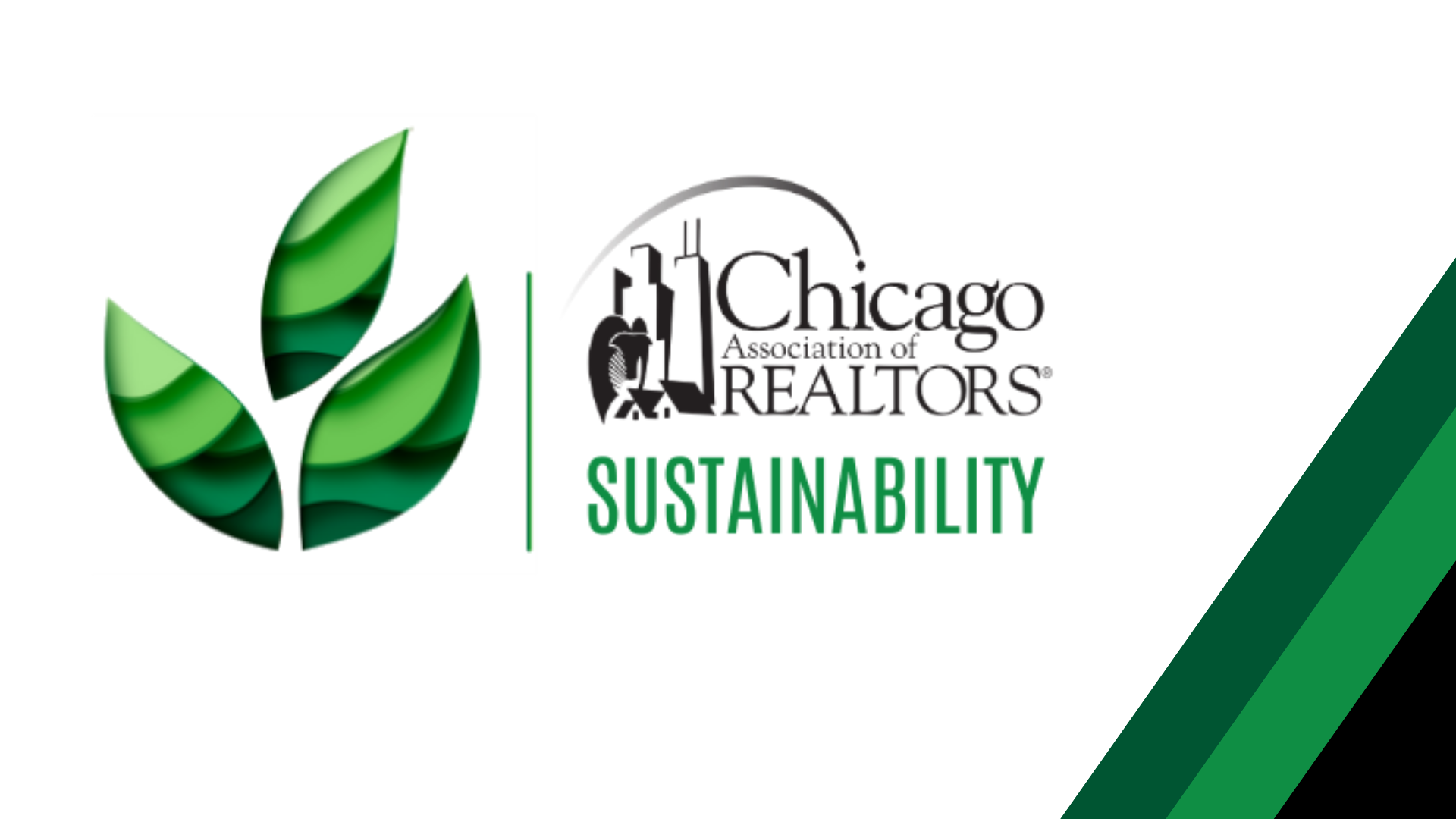This was originally published on the Illinois REALTORS® Blog, in January 2018 by Mark Pikus, President, Inland Green Capital LLC.
Energy efficiency is on the minds of many commercial real estate owners as it provides a way to lower energy costs, increase property values, reduce operating expenses and enhance the comfort of their tenants. However, there are two main obstacles that can prevent owners from making energy improvements to their properties: a lack of capital and the inability to find financing sources.
To overcome these barriers, in certain states, commercial property owners have been utilizing Property Assessed Clean Energy (PACE) financing, which provides funding for energy efficiency, water conservation and renewable energy projects.
What is PACE financing?
PACE is a voluntary energy conservation program that provides up to 100 percent financing for approved energy-efficiency projects. While PACE is a national initiative, programs can be established locally and tailored to meet specific regional needs. State legislation must be passed in order to authorize municipalities to create local PACE programs. Today, more than 30 states (36 states currently) have commercial PACE enabling legislation with Commercial PACE programs active in 18 (now 22) states. Illinois was the most recent state to pass PACE legislation on Aug. 11, 2017.
PACE provides low-cost, long-term financing for energy-efficiency projects such as installing solar panels, HVAC improvements, roof repairs, updating insulation and installing LED lighting. This financing is available for a variety of commercial real estate properties including retail, multifamily (5 or more units; but no HOA/condos in Illinois), industrial, office, hospitality, affordable housing and senior housing.
How does PACE work?
Financing is arranged through a local program administrator or a municipality who reviews applications to confirm they meet the guidelines and then coordinates the issuance of bonds that are sold to provide capital for such projects. The property owners repay the long-term improvement financing through an assessment included on real estate tax bills. The PACE financing is secured by an assessment lien on the property which remains until the financing is repaid. If the commercial real estate property is sold before the PACE assessment is fully paid, the lien stays with the property and remains the responsibility of the new owner to be repaid through an assessment listed on the real estate tax bill as the savings from the energy-efficiency project continues to benefit the new owner.
The value of PACE
From a property owner’s perspective, there are many benefits of utilizing PACE financing. PACE offers up to 100 percent financing for projects; therefore, the owner does not have to worry about upfront capital and can reallocate funds that were previously reserved for energy projects. The energy savings from PACE projects can also increase a property’s value and cash flow. In addition, it provides access to energy-efficient technology that may not have been otherwise available to the property owner.
Municipalities can also see benefits from PACE in terms of economic development, job creation, increased property values and the fact that programs can be set up so there are zero net costs to the issuer or government body.
Commercial PACE now available in Illinois
Legislation for PACE financing in Illinois began in 2009 with the passage of a basic PACE bill which didn’t give municipalities or property owners enough guidance as to how to set up a program. In 2017, the Illinois General Assembly passed Senate Bill 1700 – House Bill 2831, and in August, Gov. Bruce Rauner signed it into law. Illinois’ PACE law is only in effect for commercial properties, not residential properties.
Recently PACE Nation reported, the office and retail sectors maintain their place as the top two users of commercial PACE financing, but in 2016, the industrial, nonprofit and agricultural sectors showed the most growth. The majority of PACE projects, (81 percent) are focused on improving energy efficiency and renewable energy.*
The introduction of PACE in Illinois should spur more energy-efficient projects within the commercial real estate market, improve property values and create jobs in the clean and renewable energy industries. Since 2009, PACE has nationally provided $493 million in financing for energy upgrades to 1,097 commercial buildings that created 7,395 jobs.*
*PACE Nation Market Data, http://pacenation.us/pace-market-data/







